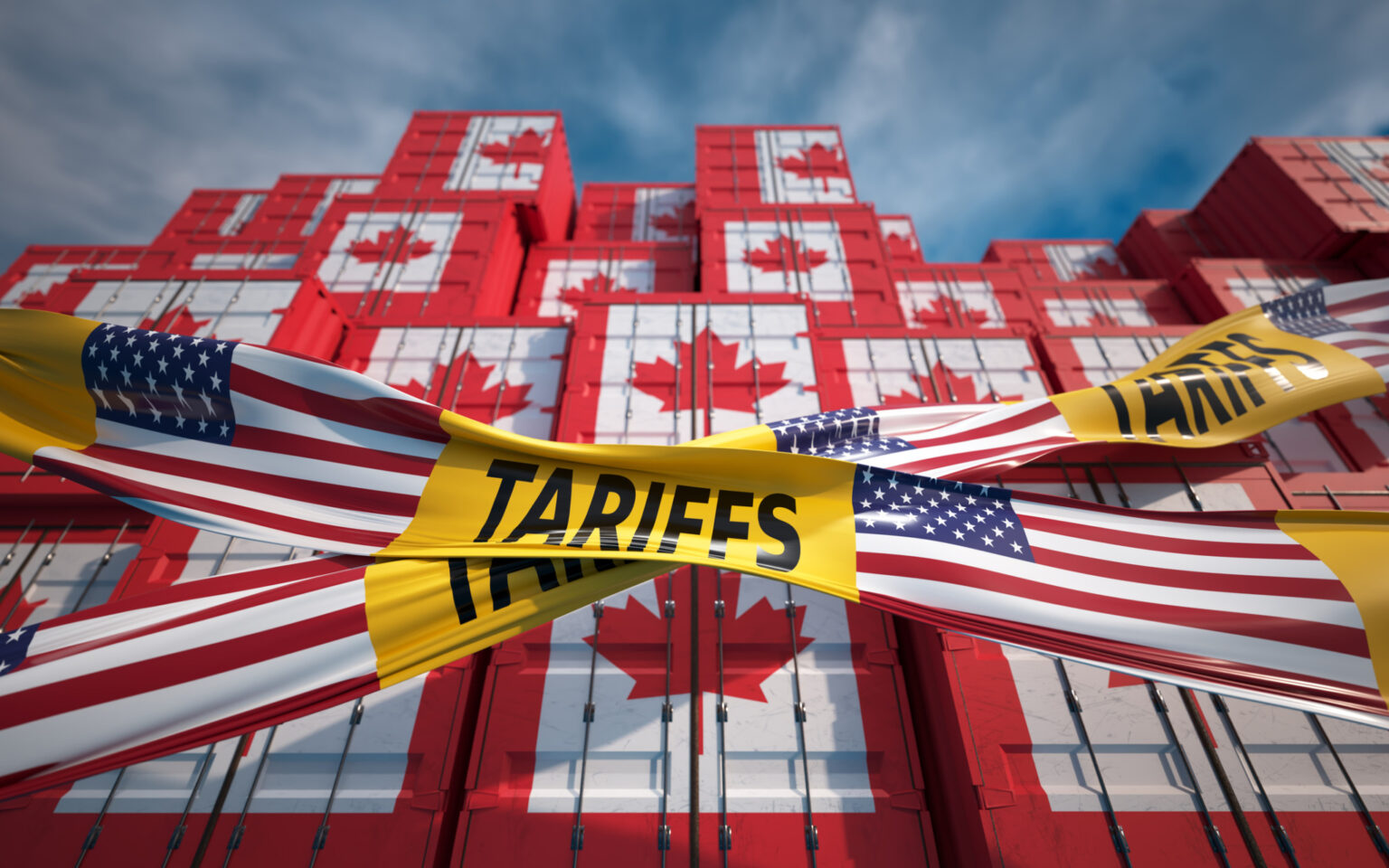Canada’s Economic Slowdown in the Second Quarter
The Canadian economy experienced a 1.6% contraction on an annualized basis in the second quarter, primarily driven by a significant drop in exports and a retreat in business investment. This shift follows a first quarter that saw a modest 2% growth, revised downward from initial estimates.
What Caused the Decline?
The downturn coincided with a sharp escalation in tariffs by the United States, targeting key Canadian exports such as steel, aluminum, and automobiles. The timing suggests a preemptive stocking up by businesses early in the year before tariffs took hold, which artificially boosted Q1 activity but left Q2 struggling to maintain momentum.
Key Economic Figures at a Glance
| Indicador | Q1 2025 | Q2 2025 |
|---|---|---|
| Annualized GDP Growth | 2.0% | -1.6% |
| Exports of Passenger Cars & Light Trucks | Estável | -24.7% |
| Investment in Machinery & Equipment | Estável | -9.4% |
| Net Exports Impact on GDP | Neutral | -8.1 percentage points |
Exports and Investment Taking a Hit
The biggest hits came from the export sector, with passenger cars and light trucks plummeting nearly 25% in volume. Industrial machinery and equipment exports fell alongside a waning demand for travel services. With investment in machinery and equipment shrinking at its fastest clip since 2016 (excluding the pandemic), the overall business confidence seems to have taken a significant hit.
Imports and Domestic Spending: Mixed Signals
Imports also declined, partly due to Canada’s retaliation with counter-tariffs and a drop in Canadian travel to the US, which decreased demand. However, this reduction in imports somewhat cushioned the GDP decline. Meanwhile, government and household spending showed resilience, as businesses increased stockpiling efforts, adding a bit of a silver lining to the gloomy picture.
Monthly Trends and Sector-Specific Insights
June 2025 data showed a slight contraction of 0.1% in real GDP, marking the third straight month of decline in the tariff-affected manufacturing sector. Goods-producing industries took an overall 0.5% dip, while services barely inched up by 0.1%. This streak of monthly declines hasn’t been seen since late 2022.
What This Means for Monetary Policy
The Bank of Canada faces a tricky balancing act, monitoring how tariffs weigh on the economy without rushing to adjust interest rates prematurely. The central bank’s cautious approach thus far seems aligned with expectations, although some economists suggest the door is open for rate cuts if upcoming inflation and employment figures continue to soften.
Implicações para a logística e os transportes
The economic contraction has clear knock-on effects for the logistics and transportation sectors. With exports tumbling and investment drying up, freight volumes could shrink, slowing the flow of cargo across borders. Companies involved in shipping, forwarding, and haulage might see reduced demand for international freight services, while domestic distribution could get a modest boost from increased government and household spending.
For logistics professionals, adaptability becomes the name of the game. Those who can pivot quickly, optimizing routes and leveraging technology to trim costs, may find opportunities amid the downturn. Meanwhile, platforms like GetTransport.com offer vital support by connecting customers with reliable, affordable cargo transport worldwide—from routine parcel deliveries and furniture moves to hauling bulky goods and vehicles—streamlining operations in a challenging market.
Economic Indicators Recap
- GDP contracted 1.6% in Q2 after a 2% growth in Q1
- Exports, especially automobiles, fell sharply
- Investment in machinery and equipment shrank notably
- Net exports subtracted 8.1 percentage points from GDP growth
- Manufacturing sector contracted for three consecutive months through June
Navigating Uncertainty: What to Expect Next
While some domestic sectors showed strength, the sustainability of these trends is uncertain under increasing trade pressures. The economic headwinds from tariffs suggest that growth in the third quarter will likely be modest at best.
Economists are divided on how immediately this data will influence policy, but the situation undeniably keeps the spotlight on global trade relations and their ripple effects throughout Canada’s economy.
Making Informed Decisions with Confidence
In an environment thick with macroeconomic shifts, personal or business experience remains invaluable. No amount of analysis or transparent feedback can substitute for actually navigating cargo delivery or relocation firsthand. Here, services like GetTransport.com shine—offering broad choices, affordability, and convenience that empower users to lock in freight, shipping, or bulky goods transport globally, without the drama of unexpected costs or delays. This transparency makes it easier to choose the right logistics partners and solutions.
Reserve o seu transporte de carga com GetTransport.com to experience hassle-free, cost-effective shipping.
Resumo
The Q2 economic contraction in Canada highlights the significant impact of escalating tariffs on exports and business investments, especially in critical sectors like automotive and machinery. While some internal spending trends provide a slight cushion, the overall picture calls for cautious outlooks in logistics and related industries. Freight forwarding, haulage, and domestic distribution may feel the pressure, requiring agility and smart planning.
Plataformas como GetTransport.com are well-positioned to support businesses and individuals through these choppy waters, tying together international and domestic shipment needs with reliable, affordable, and streamlined services. In an era where economic surprises seem par for the course, having accessible and versatile logistics options is more critical than ever, simplifying cargo dispatch and enhancing supply chain resilience across the board.

 Canada’s Q2 Economy Contracts by 1.6% as Tariffs Impact Exports and Investment">
Canada’s Q2 Economy Contracts by 1.6% as Tariffs Impact Exports and Investment">